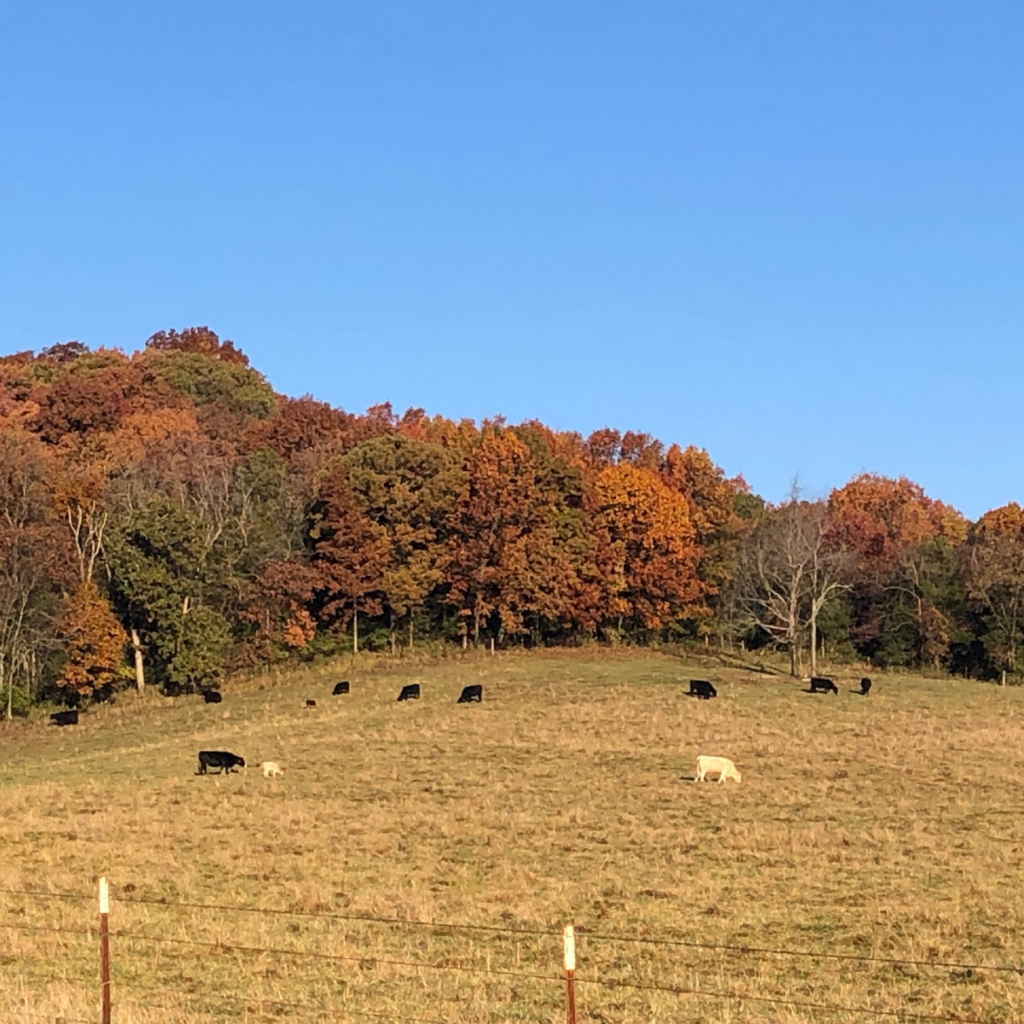You’ve probably heard that Daylight Savings Time was started by farmers, but that’s a myth. Farmers actually lobbied against Daylight Savings Time for many reasons. Cattle don’t care about human clocks, but they do love their routines and schedules.

As the clocks spring forward and fall back, we’ve grown accustomed to the idea that Daylight Saving Time (DST) affects our daily routines. But what about its impact on cattle?
You know the feeling you have after Daylight Savings Time rolls around. The one where you wake up and you just feel “off.” Do cows feel the same?
Are Cattle Affected by Daylight Savings Time?
Cattle aren’t controlled by human clocks, but they love routine and schedules. Cows are creatures of habit and they expect to be greeted by the farmer at about the same time every day. This means the time adjustment is more challenging for the farmer, rather than the cows.
Providing a steady, stress-free life is very important to most farmers, so many farmers choose to adjust so that their cattle don’t have to. During daylight savings time, many farmers start their chores an hour earlier when we spring forward, and then they don’t have to adjust their time when we fall back. This is especially true on dairy farms.
Dairy cattle expect to be milked every 12 hours. If dairy cows are used to being milked at 5:00 a.m., moving the clock back an hour in the fall moves their milking time back an hour. As their mammary glands fill up, it builds pressure and gets very uncomfortable for them until they’re milked. In addition, the milk truck is likely still coming at the same time per the clock, which means dairy farmers often can’t change their milking times as we spring forward and fall back.
On our beef cattle farm, our cattle expect to see us at certain times of the day when we do our daily checks and provide hay and feed, if necessary. However, they don’t have specific, time-scheduled milking needs. So, for beef cattle, daylight savings isn’t as big of a deal as it is on a dairy farm.
Cattle and Routine
Providing a steady, stress-free life is very important to most farmers because it’s good for the livestock.
What happens if a farmer doesn’t provide routine? When cow’s schedules and routines become disrupted, they can become stressed. This stress can result in sickness, weight loss, lower quality of beef (for beef cattle), and lower quality and quantity of milk (for dairy cattle).
History of Daylight Savings Time
DST was first introduced in the United States during World War I as an energy-saving measure. The idea was to maximize daylight and reduce the need for artificial lighting, thereby conserving fuel for the war effort. However, it’s a myth to say that Daylight Savings Time was started by farmers for their benefit.
Farmers have often been erroneously credited as the driving force behind DST. In reality, farmers were among its most vocal opponents. In 1919, the agricultural community lobbied against the time change because it disrupted their schedules. Farm animals don’t adjust their clocks and farm work follows natural daylight, not arbitrary time shifts.
The misconception likely stems from the fact that the media portrayed DST as a farmer-friendly policy, even though it wasn’t.
In 1966, the U.S. standardized the start and end dates of DST with the Uniform Time Act, and it was extended in the Energy Policy Act of 2005. While its original intent was to save energy during wartime, DST has evolved to promote energy conservation and make better use of daylight for all Americans. Whether we like it or not, DST is probably here to stay.
One More Thing
Do you want to learn more about beef? Join our weekly e-newsletter where we share farm happenings, recipes and beef availability. Sign-up and get a cheat sheet with 9-must-ask questions before buying beef directly from a farmer. Or, we have an entire ebook about beef that goes through purchasing and preparing beef from a cattle farmers perspective.
Here are a few other links you may like:

